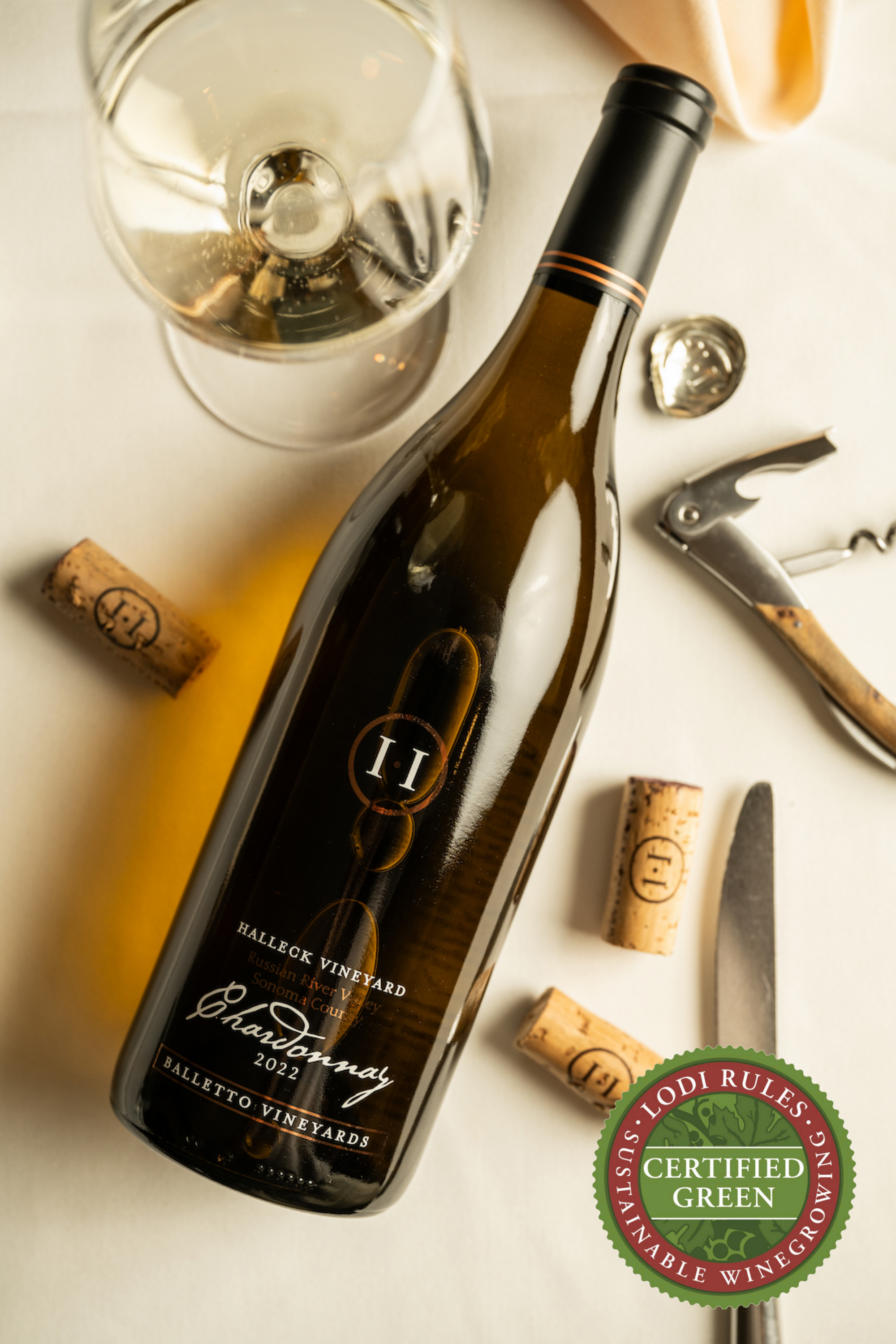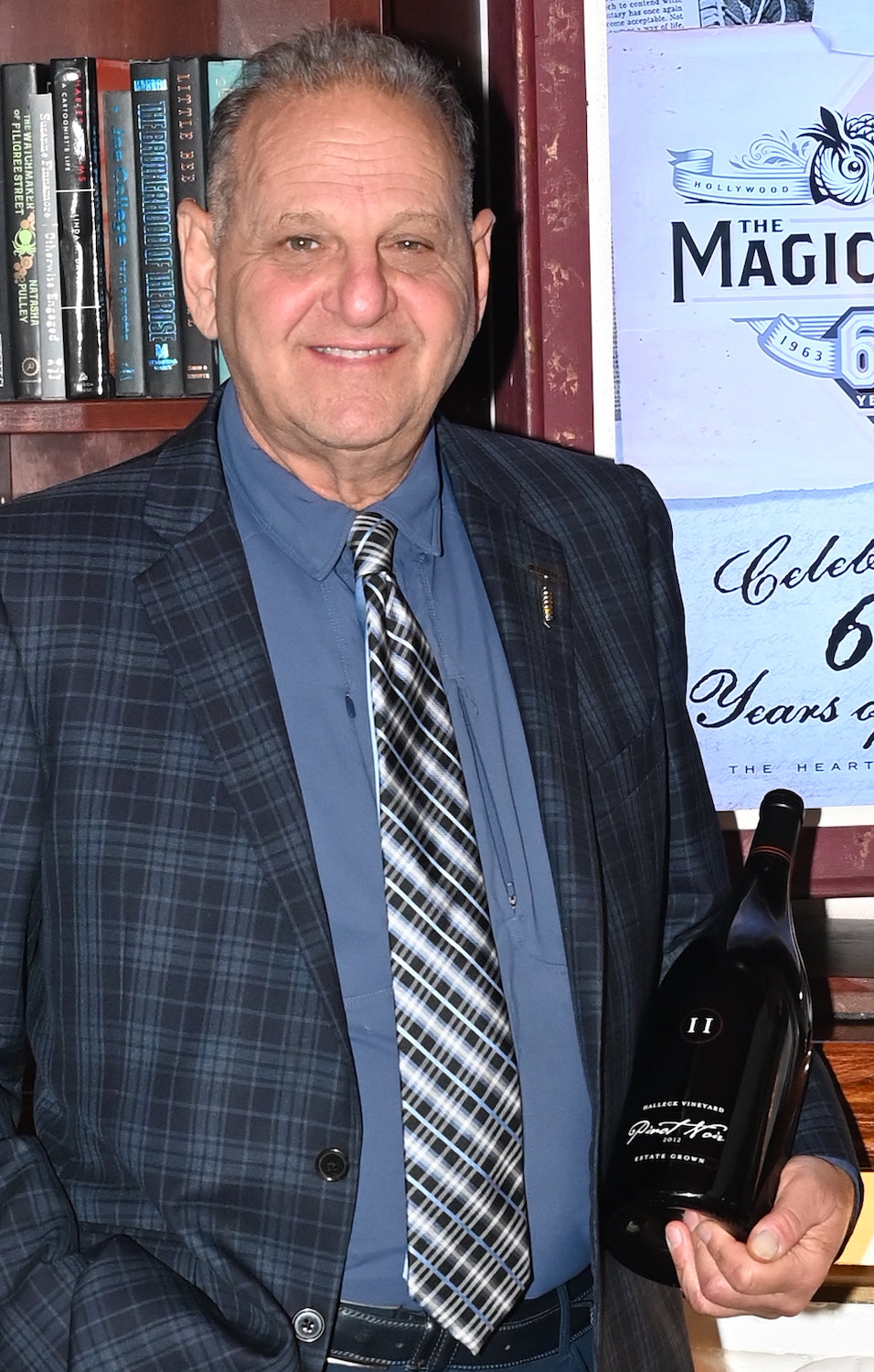Wineries Known For Their Hospitality - Exploring The Vineyards In Sonoma County
Wine tasting is an art that combines sensory experience with an appreciation for the nuances of various varietals. How to gauge flavors in winery wine tasting sessions is pivotal to grasping the complexities of wine.
Participating in a wine tasting involves more than merely sipping and savoring. It requires a centered method to establish aromas and flavors that every wine presents. As you begin, observe the wine's appearance, noting its shade and clarity. These visual cues typically suggest a wine’s age, grape variety, and even potential flavor profiles.
The next step in the tasting process is to swirl the wine in your glass. This action releases aromatic compounds which might be very important for evaluation. Lean in and take a moment to inhale deeply; the aromas can range from floral and fruity to spicy and earthy. The nose of the wine is just as essential as the palate, and recognizing scents performs a significant function in understanding the overall experience.
When taking your first sip, allow the wine to maneuver across your palate - Wineries Ideal For Romantic Getaways. Notice the initial flavors that present themselves. Is the wine fruity, floral, or maybe herbaceous? This initial style offers insight into what the wine is prone to express as you continue to evaluate it. The mouthfeel also contributes to the general flavor experience; it can be silky, tannic, or even effervescent.
Wineries Featuring Seasonal Wine Events In Sonoma - Wineries In The Sebastopol Region
As you proceed tasting, take note of the wine’s steadiness. A well-balanced wine will harmonize acidity, sweetness, and tannins. If one component overwhelms the others, it'd indicate a much less desirable quality. Evaluating stability can help you establish how nicely the wine may pair with food.
Transitioning to the end, contemplate how the flavors evolve as the wine lingers on your palate. A lengthy, nice end can point out a high-quality wine, whereas a short or abrupt end might recommend otherwise. Reflect on whether the flavors stay consistent or if new notes emerge as the wine settles. This development can reveal complexities and intricacies that might not have been apparent in the initial tasting.
Temperature can also be a vital think about evaluating wine flavors. Completely Different forms of wine are optimally loved at specific temperatures. White wines typically shine when chilled, while red wines generally perform best at room temperature. When tasting, make positive the wine is on the acceptable temperature to totally respect its character.
Interactive Wine Tasting Experiences In Sonoma - Vineyards In The Sonoma Region
Pairing food with wine can greatly improve the tasting experience. Foods can influence the perception of flavors in wine, both highlighting certain characteristics or diminishing them. When evaluating flavors, consider how the wine interacts with different foods, noticing which flavors are amplified or muted (Wineries With River Views).

Think About the influence of terroir as you engage in a winery tasting. Terroir encompasses the unique environmental factors that affect grape rising, together with soil composition, climate, and geography. Understanding a wine's terroir can present perception into its flavors and aromas, fostering a deeper appreciation for the alternatives made throughout its cultivation and manufacturing.
Training performs a fundamental function in enhancing one's capacity to judge wine flavors. Studying about find more info grape varieties, wine areas, and manufacturing strategies can pave the best way for more informed judgments during tastings. Additionally, attending workshops or classes can refine sensory skills and expand your flavor vocabulary, enabling you to articulate tasting notes more effectively.
Lastly, it is essential to keep in thoughts that evaluating wine flavors is a extremely personal experience. Individual preferences and perceptions will invariably shape one’s tasting journey. Enjoyment should be at the forefront, with the analysis course of performing as a tool to boost understanding and appreciation somewhat than create rigid tips.
Wineries Specializing In Sparkling Wines - Sonoma Wine Country Wineries To Explore
In conclusion, mastering how to consider flavors in winery wine tasting periods involves a mixture of sensory engagement, data, and practice. By learning to identify aromas, assess the stability, and respect the intricacies of flavor, wine enthusiasts can deepen their connection to each bottle they encounter. As with any art type, the more one immerses themselves in the experience, the more they may uncover and benefit from the vast world of wine.
- Start by observing the wine's colour and readability, as these visual parts can trace at its flavor profile and aging potential.
- Swirl the wine gently in your glass; this releases fragrant compounds, permitting you to raised determine the complex scents related to the wine.
- Take a deep inhale before tasting, specializing in both major and secondary aromas to gather insights on fruits, spices, and other nuances.
- When tasting, permit the wine to coat your palate; note the preliminary flavors, the mid-palate complexity, and the end as these phases can provide completely different flavor highlights.
- Pay attention to texture and mouthfeel, as elements similar to tannin levels, acidity, and sweetness contribute considerably to the overall tasting experience.
- Examine flavors in opposition to normal wine traits; for red wines, consider berry notes, oak influence, and natural tones, while whites might embrace citrus, stone fruits, and floral hints.
- Take notes through the tasting session to track your impressions, helping you to remember and evaluate the different wines sampled.
- Talk About your findings with fellow tasters or winery staff, as sharing insights can enhance understanding and appreciation of individual flavors.
- Allow time for the wine to breathe; sometimes, flavors evolve and reveal new dimensions after being exposed to air.
- Experiment with food pairings through the tasting as they'll dramatically alter how flavors are perceived, influencing general enjoyment.undefinedWhat should I look for when evaluating the aroma of wine throughout a tasting?
Begin by swirling the wine in your glass to release its aromas. Bring the glass to your nostril and take a deep breath. Pay consideration to the primary scents you detect, as these are often probably the most distinguished. Look for fruit, floral, herbal, or earthy notes and try to identify specific characteristics, which can deepen your understanding of the wine's complexity.
Wineries With Scenic Views - Wine Tours And Tastings In Sebastopol

How can I distinguish between totally different flavor profiles in wine?
Perceive that flavor profiles are sometimes categorized as fruit, floral, herbaceous, spicy, or mineral. Take small sips and permit the wine to coat your palate. Discover the primary flavors that emerge first and the delicate notes that observe. This layering is important in distinguishing the wine's characteristics and can assist you to appreciate its distinctive profile.
Upcoming Wine Festivals In Sonoma County - Sebastopol Winery Experience
What is the significance of the wine's texture in a tasting?

The texture of the wine, also referred to as mouthfeel, plays an important function in how we perceive flavors. Pay attention as to if the wine feels clean, creamy, or gritty. The physique of the wine (light, medium, or full) can improve or contrast with flavors, providing a more rounded experience throughout tasting.
How do I assess the balance of flavors in wine?
Balance in wine refers again to the harmony between acidity, sweetness, tannin, and alcohol. Take a moment to assess whether these elements complement or intervene with each other. A well-balanced wine will have none of its components overpowering the others, creating a pleasing tasting experience.
Wineries With Outdoor Seating - The Beauty Of Sebastopol Wineries
What function does temperature play in evaluating wine flavors?
Temperature can considerably influence the perception of flavors. Usually, pink wines are finest served slightly below room temperature, whereas white wines get pleasure from being chilled. As the temperature modifications, the aromas and flavors can shift, allowing you to perceive totally different traits. It’s essential to style wine at its optimum temperature for true analysis.
Wineries Offering Educational Wine Seminars - Sonoma's Premier Wine Tasting Events
How can I improve my tasting skills over time?
Practice is vital to bettering your tasting skills. Wineries With Breathtaking Gardens In Sonoma. Attend tastings, maintain a journal of your experiences, and discover different types of wines to broaden your palate. Additionally, learning about wine manufacturing and grape varieties can provide context that enhances your evaluation process, making you a more informed taster.
Is there a specific order during which I ought to taste the wines?
Affordable Wine Tastings In Sonoma County - Scenic Wineries Of Sebastopol
Sure, it’s advisable to style wines from light to full-bodied and dry to sweet. This development prevents the stronger flavors from overshadowing the more delicate ones, allowing you to fully respect each wine's traits and nuances without palate fatigue.
How can I consider the aftertaste of wine?
Wineries Offering Off The Beaten Path Experiences - Vineyard Visits And Wine Tasting In Sonoma
The aftertaste, or finish, is a vital aspect of the wine-tasting experience. After swallowing, take note of how lengthy the flavors linger in your palate and whether or not they change. A lengthy, nice end is often an indicator of a high-quality wine, while a brief or unpleasant finish may suggest in any other case.
Why is it necessary to notice the wine’s acidity throughout tasting?
Acidity contributes to the overall freshness and construction of the wine. Pay attention to the tingling sensation on your tongue; higher acidity can enhance the wine's liveliness and steadiness out sweetness. Noting acidity helps decide the wine's versatility with food and its aging potential.
What should I do if I wrestle to establish particular flavors in wine?
Wineries That Offer Dog Friendly Areas - Explore Sebastopol Area Vineyards
Struggling to identify flavors is frequent, especially for novices. Focus on broader classes and describe what you'll be able to acknowledge, such as sweet or earthy notes. With practice, reading about completely different flavor profiles, and maybe using flavor wheels, you may refine your senses and develop a more nuanced strategy Visit Your URL to tasting.